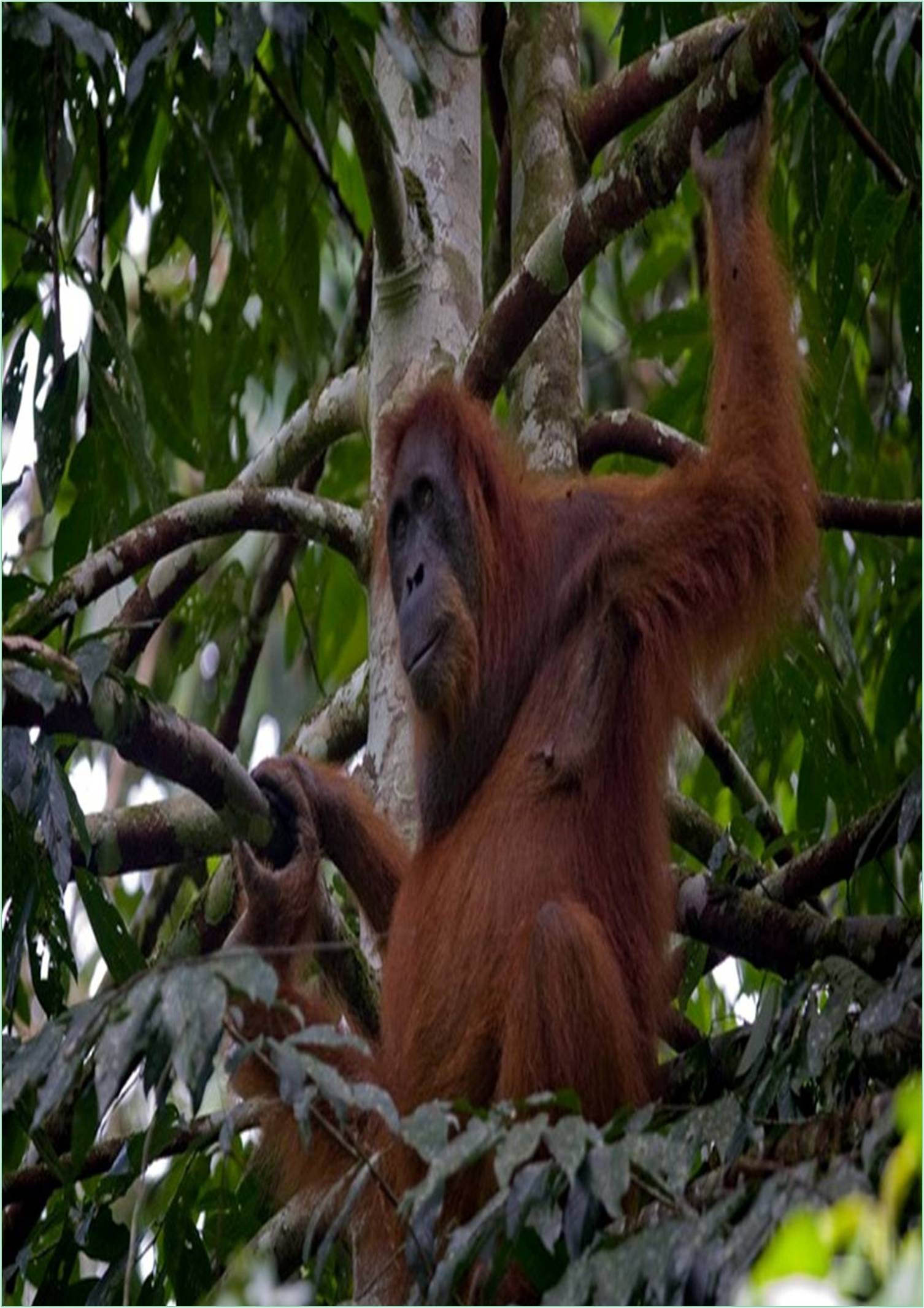



Received: 01-Nov-2022, Manuscript No. JBCR-22-83241; Editor assigned: 04-Nov-2022, Pre QC No. JBCR-22-83241 (PQ); Reviewed: 21-Nov-2022, QC No. JBCR-22-83241; Revised: 28-Nov-2022, Manuscript No. JBCR-22-83241 (R); Published: 06-Dec-2022, DOI: 10.15651/JBCR.22.1.018
Biodiversity is distributed heterogeneously across spatial and temporal scales in coral reef ecosystems, and is commonly influenced by biogeographic factors, habitat area, and disturbance frequency. In these ecosystems, there is little empirical support for a possible relationship between usable energy gradients and biodiversity patterns. They investigated the variation in productivity and biodiversity across depth gradients in symbiotic coral communities, whose members rely on energy translocated by photosynthetic algal symbionts. They investigated the relationship between depth-dependent variation in photosynthetic usable energy to corals and gradients of species diversity using a mechanistic model, comparing reefs with contrasting water clarity and biodiversity patterns across global hotspots of marine biodiversity.
The productivity-biodiversity model explained between 64 and 95% of the depth-related variation in coral species richness, indicating that changes in the fractional contribution of photosynthetically fixed energy by zooxanthellae drive much of the variation in species richness with depth. These findings suggest that solar energy availability and photosynthetic production play a critical role in explaining global-scale patterns of coral biodiversity and community structure along depth gradients. As a result, maintaining water optical quality in coral reefs is critical for preserving coral biodiversity and preventing reef degradation.
The sun is the primary source of energy for nearly all biochemical production of organic matter on earth. Among the various factors influencing primary producers in both terrestrial and aquatic ecosystems, sunlight is perhaps the most spatially and temporally heterogeneous, with significant implications for energy transfer across trophic levels. The variation in the supply of usable energy derived from primary production has a significant impact on the spatial variation of species diversity in ecological communities, allowing for a lower risk of species extinction due to demographic and environmental scepticism in highly productive environments.
Although a positive productivity-biodiversity relationship exists in terrestrial and aquatic ecosystems, there is significant debate about the strength of the link and whether it is predictable, given the observed variations in the form of the productivity-biodiversity relationship in some communities. Because the amount of usable energy by a community of organisms is difficult to measure directly, some of the variation has been attributed to surrogates used as rough indicators of productivity and the confounding effects of environmental stressors, which are typically more pronounced in highly productive environments.
Corals are calcifying metazoans that are responsible for creating the most diverse and productive marine ecosystem from which humans derives critical socioeconomic benefits. Since the Late Triassic, these animals' ecological and evolutionary success in oligotrophic environments has been attributed to nutritional endosymbiosis with photosynthetic unicellular algae (zooxanthellae), which give them the ability to use sunlight as the primary source of energy, increasing their rates of classification. Because sunlight attenuates exponentially with depth, the vertical distribution of symbiotic corals occurs along steep gradients governed by light at small spatial scales, while other limiting resources and physical factors.
Corals, as benthic, sessile organisms found in coastal waters, are subject to significant changes in light intensity as a result of the optical properties of the water column. This variation is determined by precipitation patterns and seaward fluxes of terrestrial nutrients and sediments, which have significant implications for coral community primary production and energy balance. However, no correlations have been found between productivity gradients and biodiversity in coral communities, and patterns of coral biodiversity are primarily attributed to biogeographic factors, habitat area, and disturbance frequency.
Coral communities are particularly interesting for studying the relationship between primary productivity and consumer-species diversity because of the obligatory nature of the endosymbiosis between a primary producer and an animal, as well as the vertical distribution of corals along strong gradients of sunlight energy. They estimated the variation in photosynthetic usable energy supplied by symbiotic algae to coral hosts using a mechanistic model based on underwater optics and physiological principles and examined its association with patterns of coral species diversity across depth gradients. They used published datasets from reefs with contrasting evolutionary histories, environmental conditions, and patterns of coral species diversity to test the model further, encompassing the three major hotspots of global marine biodiversity.